Text: Raúl Beltrán. Photos: Pep Caparrós.
Enamorado de Mallorca, el empresario estadounidense Drew Aaron confiesa que no habría tenido su tercera hija si no viviera en esta isla que tanto admira. Aaron abre las puertas de su casa de Son Vida, la “divertida”, ya que el hogar familiar, en el que reside con la ‘top model’ Hana Soukopová desde 2015, se encuentra en Alaró. El joven hombre de negocios centra su actividad en Lionsgate Capital, su empresa de asesoría y financiación de propiedades inmobiliarias de lujo, y Gallery Red, un conjunto de espacios artísticos derivados de su pasión por el arte.
– Did you choose Mallorca or was it a coincidence?
– It wasn’t in any way a coincidence. We came to mallorca 15 years ago for my wife and my best friend 30th birthday party. We came to Pollença, we thought Mallorca was a very small island in the middle of the Mediterranean. We picture it much more smaller but we were incredibly impressed during our ten days stay. We visited Soller, Valldemossa, Deia, Palma and the cathedral, shopping areas. We saw a little bit of everything and we realise there is so much to see in Mallorca. We saw 5% of Mallorca. Now I would say, after 6 years, maybe I have seen 20% of the island. This is because I’ve been working hard and spending time with the family but part of the reason is how big Mallorca is. In New York they picture Mallorca really small, they think that you leave home and you are in the sea after some steps, but the island is much more.
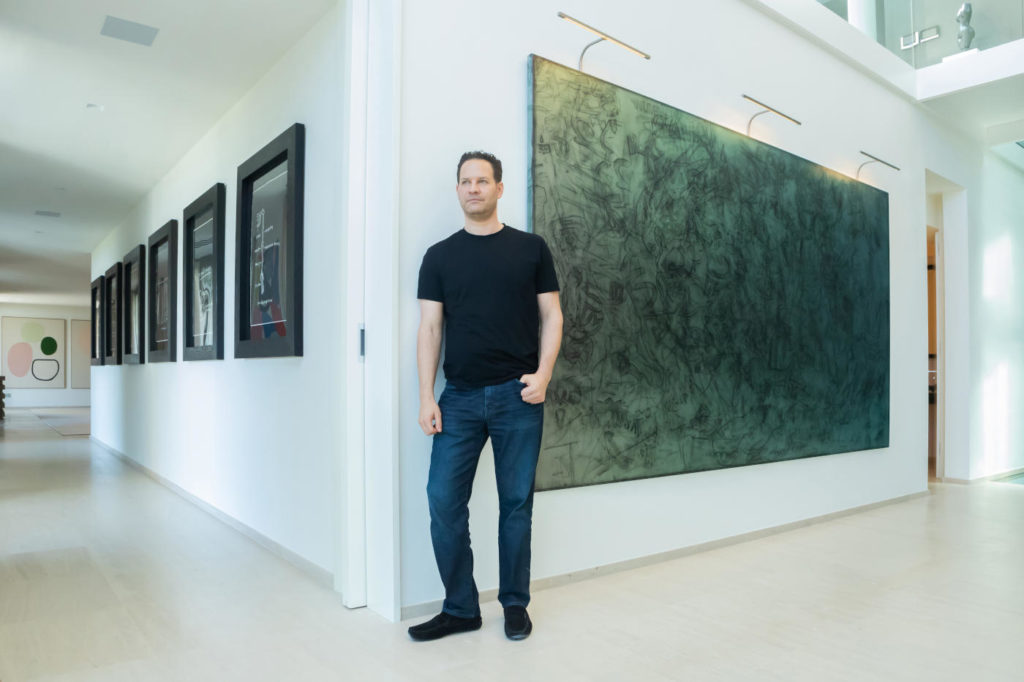
– Art, investments, paper distribution… Do they often ask you what do you do for a living?
– Yes. Many people do. For the last 20 years I was in the paper industry. I built from one small family business, under 20 million in sales per year, a company with over a billion dollar in our peak time. I was the primary supplier of many of the larger newspapers in the world. From Time magazine to Mallorca Caprice, El Pais, El Mundo, Ultima Hora, Mallorca Daily Bulletin, etc. However, we saw a decline coming so we transitioned and the Chinese company Konica Minolta is taking great care of the Aaron Group business.
– However you have landed on the island with different projects.
– I came to Mallorca to retire! That was my plan. Doing business in Europe is very different from US; doing business in Spain is very different from doing business anywhere in the world. And doing business in the Balearics is the only thing more difficult than doing business just in Spain. I found Spain to be a difficult place to do business and there has been a big learning curve of how do you do business here the right way. The primary business is Lionsgate Capital, the leading mortgage and finance company not just in Mallorca but the Balearic Islands and southern Spain as we are getting into Marbella and other areas. In the Balearic Islands, there is not one company besides us that focuses on being just one contact for over 40 banks throughout Europe and 25 top banks in Spain. This is the key, just one contact. Post COVID has led to the strongest real estate market we have ever been. It has taken six years to get to where we are. My main businesses is doing financing for luxury residential real estate, but now we are doing commercial real estate, buildings in Ibiza, we are doing 20 million euro homes in Port d’Andratx, Bendinat, Son Vida… It’s a difficult business but that is why we exist, because many people who are coming here, especially second home buyers, find it very confusing dealing with the Spanish banking system. When you come to us, our team speaks every language, makes things and processes simple.
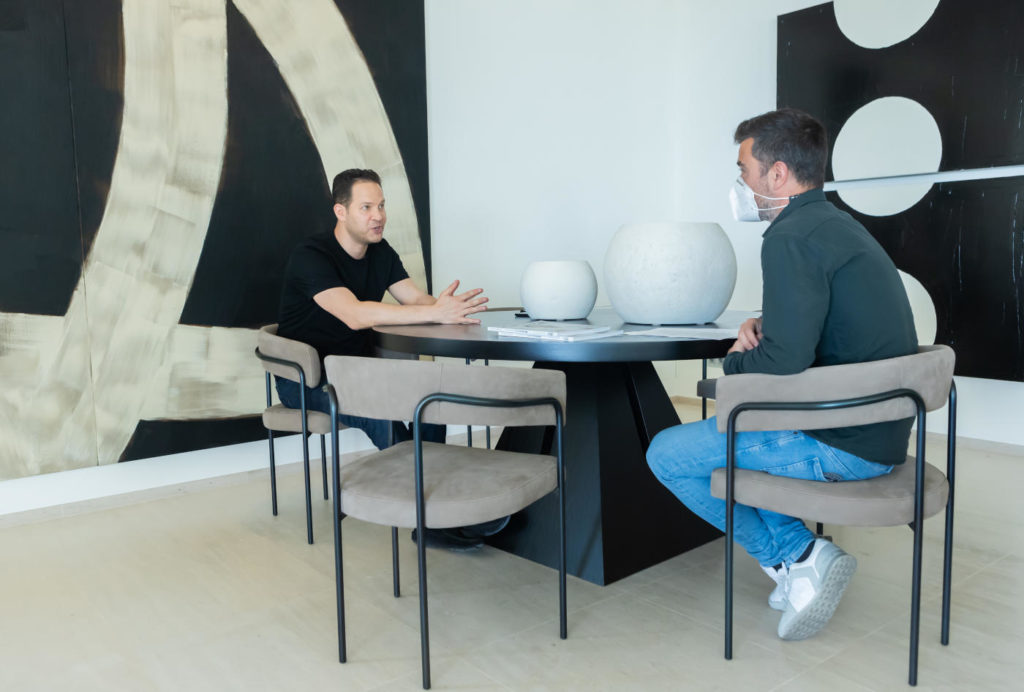
– How do you think Mallorca will emerge from this pandemic, stronger or weaker?
– Mallorca will emerge much stronger than before. It will emerge more than any other major island and better than any area in the world. Mallorca is proving to be an incredibly safe place in the world. It’s considered in Europe one of the best places to be. After COVID, people in London, New York, Paris, Berlin and big cities where they have a beautiful apartment, want nature now. Speaking with friends as Hans Lenz or different owners of Engel & Volkers franchises, First Mallorca… All are friends of us because we are the top financing company and we saw during COVID a quick pause in the real estate market. But it was just 2 weeks. Out of nowhere, the first week of April in our mortgage offices people were wearing masks and signing deals for homes via Zoom.
– With which other places does Mallorca compete worldwide?
– Some people think Mallorca competes with Marbella. I say absolutely no, because Mallorca has a totally different style. Marbella is flossy, chic. Mallorca is more laid back, relaxed… Ibiza is also different, they have totally different personalities. Ibiza is a place to visit, Mallorca is a place to live, to raise your children. In Marbella, Saint Tropez, Cannes, Greek islands, Croatia, etc. people like to go and spend the summer time. The difference is that we have the infrastructure: international schools, doctors, clinics, hotels, towns, countryside… It is an absolute spectacle to be here full time. And of course, the weather is great and living in the Mediterranean is a huge plus. I would say the second biggest reason people want to live in Mallorca or buying second or third house is the easiest place to travel to and from. In 2022 you will see something between 600-700 direct flights a day. It’s a gateway to everywhere.
– Mallorca is experiencing the gentrification of some neighborhoods such as Santa Catalina. Do you think it could be avoided?
– There are different areas in Mallorca. I use the example of Santanyí. 90% German (from which 80% are from Hamburg). They love Santanyí and we call it little Hamburg. Swedish love to live in Palma, they love the old palaces, the access of being able to go around Palma. In Menorca, there are mainly French. In Pollença, German and British. Santa Catalina is very Swedish, yes, it is a younger crowd. Prices are doubled now (even over 3 million euros), and we would have never guessed so. Every neighbourhood is expanding so people move to the next city. In the Southwest, for example, all the cities have expanded and it is almost one big area now: Son Vida, Camp de Mar, Santa Ponça…
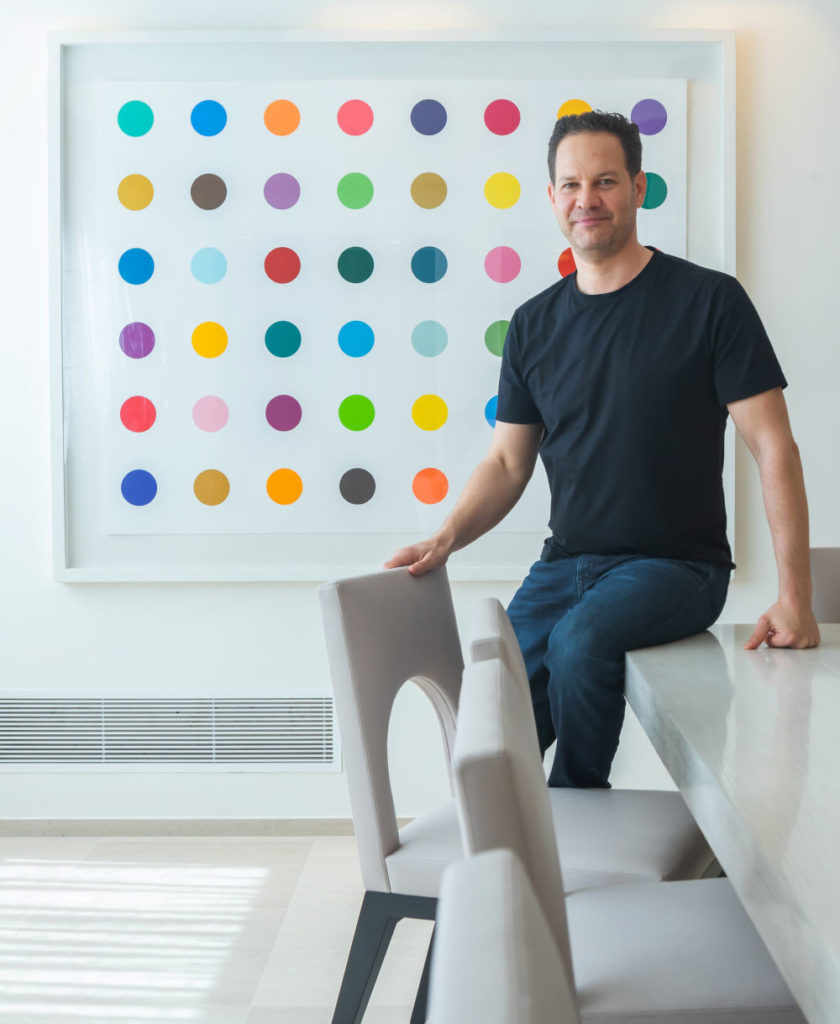
– Apparently, there is a ‘boom’ in the purchase of houses by foreigners. May this may affect young people for accessing to housing market?
– With COVID, pricing has risen but we noticed that before people that were moving to Mallorca were in their 50s, 60s, 70s, retiring to Mallorca. Now we see people that are on their 25-35s, 35-45s and also above. It’s much younger people that are moving here now and the overall demographics are becoming more diverse.
– Is there anything left to discover about Mallorca?
– There will be areas that will become great areas because we have 360 degrees sea around us, it’s just a question of time. People are realizing the east coast and Manacor area is the only part of Mallorca that no one has heavily tapped into. People are commenting that having an ambassador as Rafael Nadal in the world puts Mallorca on the map. So maybe in 10 years, Manacor is the next Santanyí. COVID will be a shift of new areas that are younger, less expensive and will become over the years as important as the other major cities in Mallorca.
– Being one of the great sectors of the island, how the real estate will evolve?
– The COVID effects in the real estate market, specifically in Mallorca, are that you will see more people moving to the island in the next year than in the history of the past decade. The amount of people we are told for all the real estate brokers that are waiting to come to Mallorca to see the 5-6 homes they have been looking at during COVID is amazing. Many of the homes they were looking at have been sold over the last months, on Facetime and Zoom. The 250.000€ and below market was quieter during COVID. The range 250.000-500.000 remained stable, some people buying, some people waiting. Above 500.000 € is where things have gone very fast, with people buying. And the 5 million and above is the strongest market Mallorca has ever seen. People are not just coming to go to the beach, they are coming to buy homes.
– Tell me how the perfect post-pandemic house will look like. And where?
– Any home that has outdoor spaces is obviously important. People want a place with nature and many of them are saying for the next time something like this happens: I want to be in a place where I know that I’m safe and that’s why they find Mallorca. For many people visiting Mallorca, Covid has acted as a mechanism for them to make the final decision: let’s pull the trigger and buy a house. We have more demand now in Santa Maria, Alaró, Orient, Binissalem, Consell, Inca, Selva, Marratxí. Everybody has been buying in the coast forever and now people want to live in the country with more land. You will also definitely see people buying in the south west. Also Pollença, but it is far from Palma. Esporles, Establiments and Puigpunyent are also doing well, but the thing is that people want to be 30 minutes distance from Palma. So the biggest winner after the pandemic is Mallorca and the biggest winner in Mallorca is the countryside, less than 30 minutes from Palma.
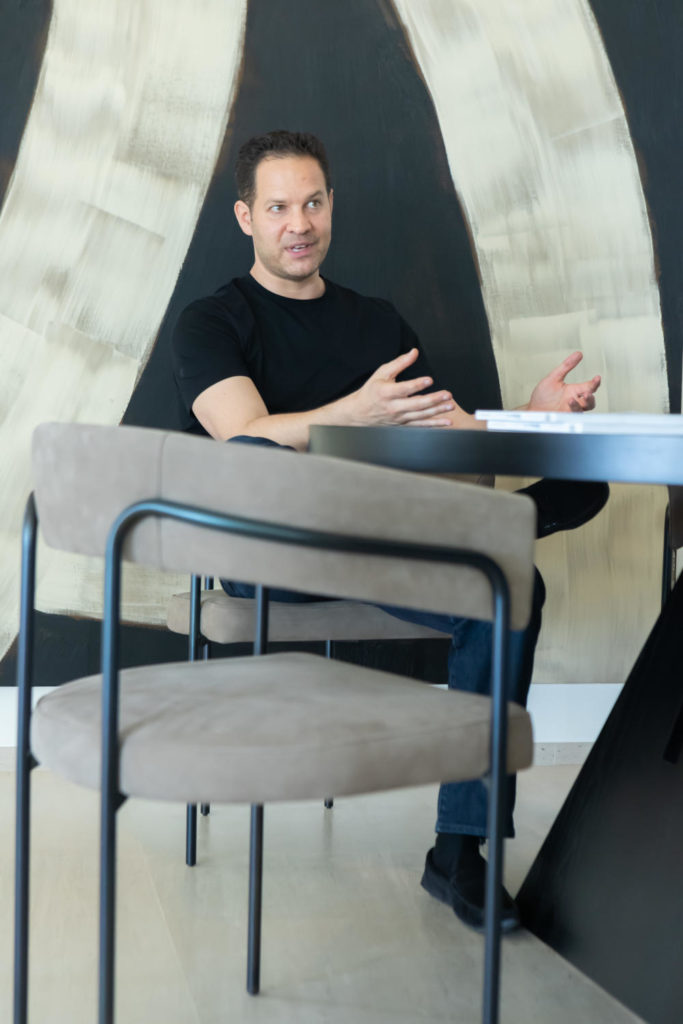
– You are creating a whole neighborhood of art, in the Chopin square area, can you tell us the artistic lines that you follow?
– Mallorca was missing one thing: contemporary and international art. Over the past decade, we have seen this huge research and investment, after the recession. If you go to any of the galleries in Mallorca, what you cannot buy is any piece of Andy Warhol, Jean Michel Basquiat, Damien Hirst, Jeff Koons, Banksy… So we decided to look at who are the top 20 international artists in the world that you can’t buy in Mallorca. This brought many people to see the pieces, but I learnt quickly that it was not enough. We learnt by doing things so we started bringing in people who we thought they were the top contemporary emerging artists around the world and we said: who could be the next Warhol or Basquiat? Our art goes from 5 thousand to 5 million and anywhere in between but where we see the most sales are between 10.000 and 100.000. People from Copenhagen or Stockholm find better galleries in Mallorca than in their hometown. That is why we found Gallery Red can do well and that’s why we continue to take over the locations around us and expand Gallery Red.
– What are your relationships with the international art world, with authors and investors?
– When you live in New York City, you have a home in the Hamptons, a winter house in Palm Beach…We have lived 10 to 12 years in that circle. Our neighbours were famous art collectors and our friends were top art collectors. In the Hamptons, Gravy family. My best friend is Chris Brant; his family is the largest private collector in the world. I was very well educated by my friend Chris who introduced me to Mallorca 15 years ago when I came for his 30th birthday party. You end up being at dinners, social functions, surrounded by Larry Gagosian, Damien Hirst, etc. We met many of our favourite living artists: Christopher Wool, Richard Prince, Jeff Koons… We are one phone call away from the largest dealers, collectors and auction houses.
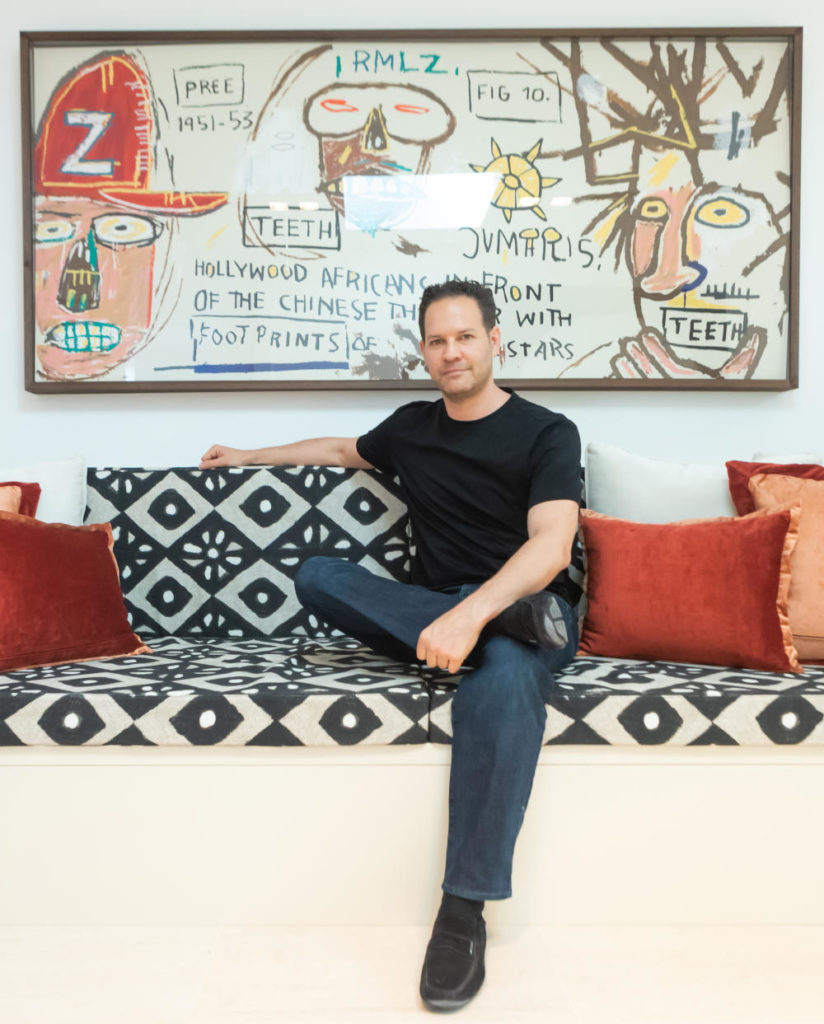
– It seems that there are two ways of looking at art, that of the author who gives free rein to his imagination and that of the one who creates something with a decorative purpose. What do you think?
– I always tell people: buy a piece of art that you are in love with. Then, if the market goes up, great. If not, at least you love looking at the piece. The second thing you need to consider is that when you are buying art you are making an investment. You could be buying a house or a car, so you need to make sure that you believe it is a good investment. I am a New York businessman so the way I look at art is in a less abstract way and a little bit more of a commercial way. Every person is different when looking at art but if you buy what you love and you do research about the artist that you believe in, worst case you will always have something to live with that makes you happy.
– How do you see the creative scene and the art market scene in Mallorca?
– I think it’s amazing. A lot of mallorquin artists are doing really well. I’m a huge fan of Carlos Prieto or Domingo Zapata, who painted a building in Times Square, the largest mural in the history of the world with 3.000 meters. There are a lot of artists that live in Mallorca and have a space in our Soho Gallery, because it is not just a collection of artists but a collection of artists that spend time in Mallorca.

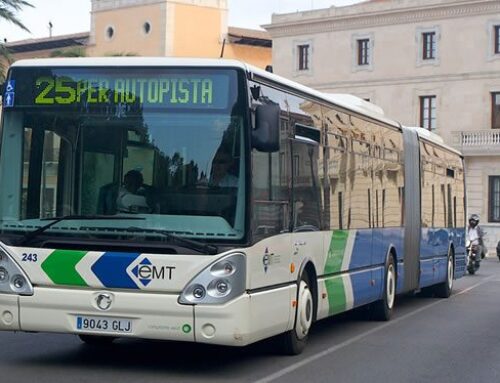
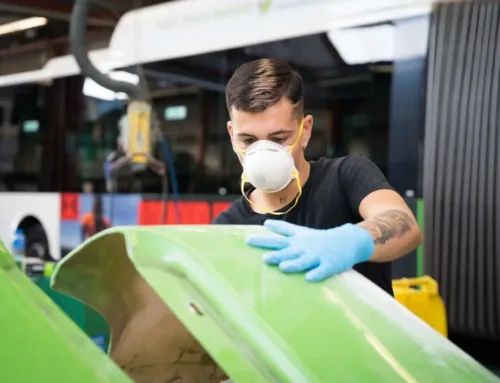
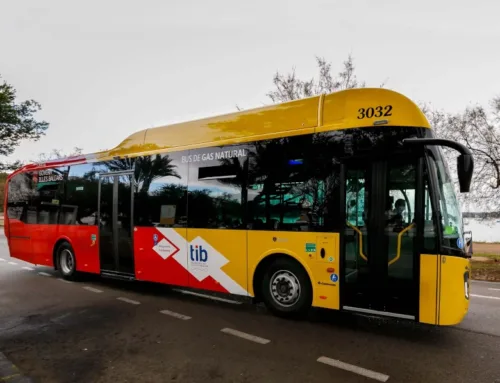
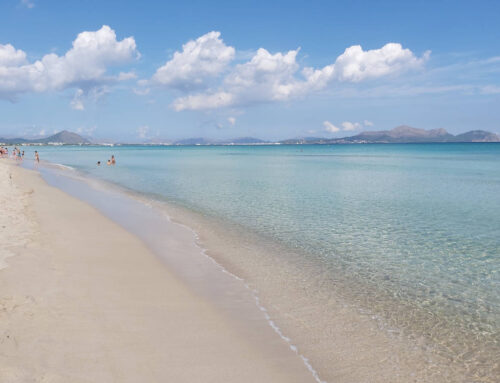
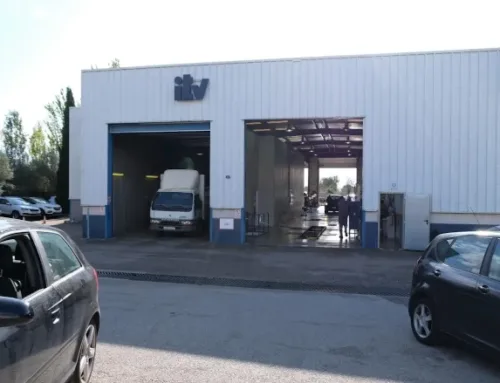

Leave A Comment